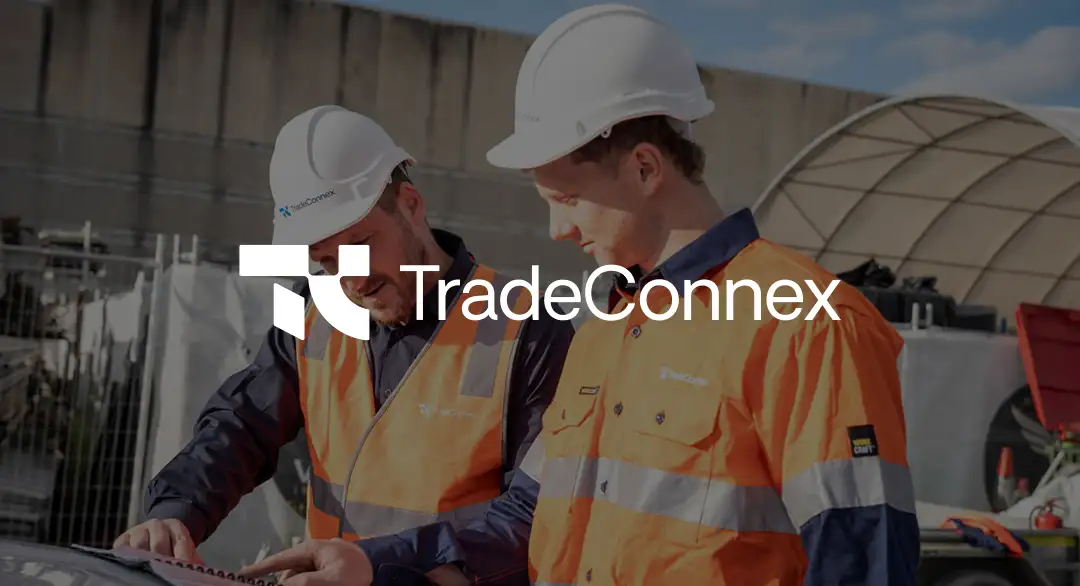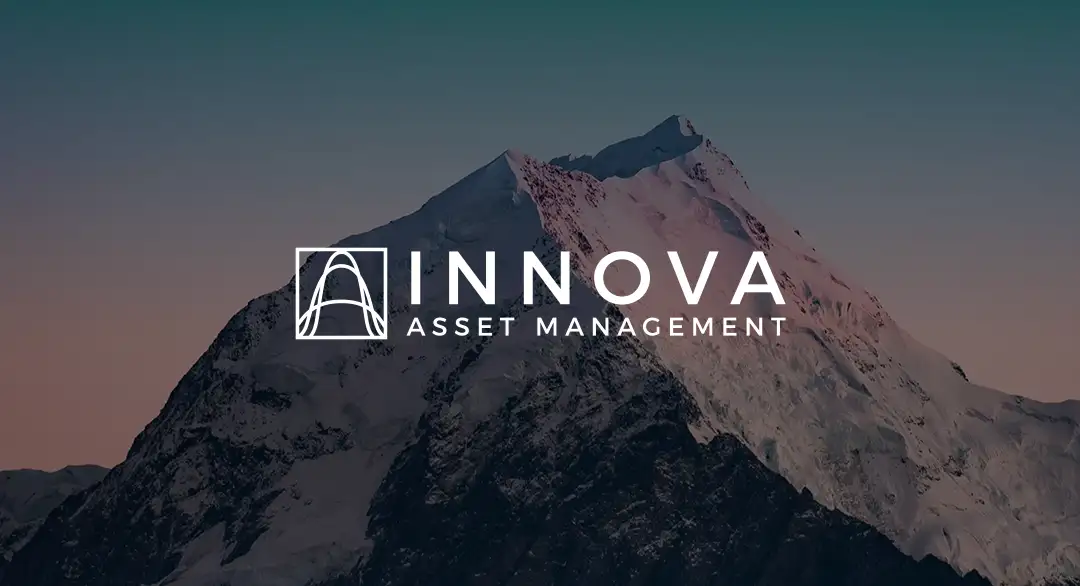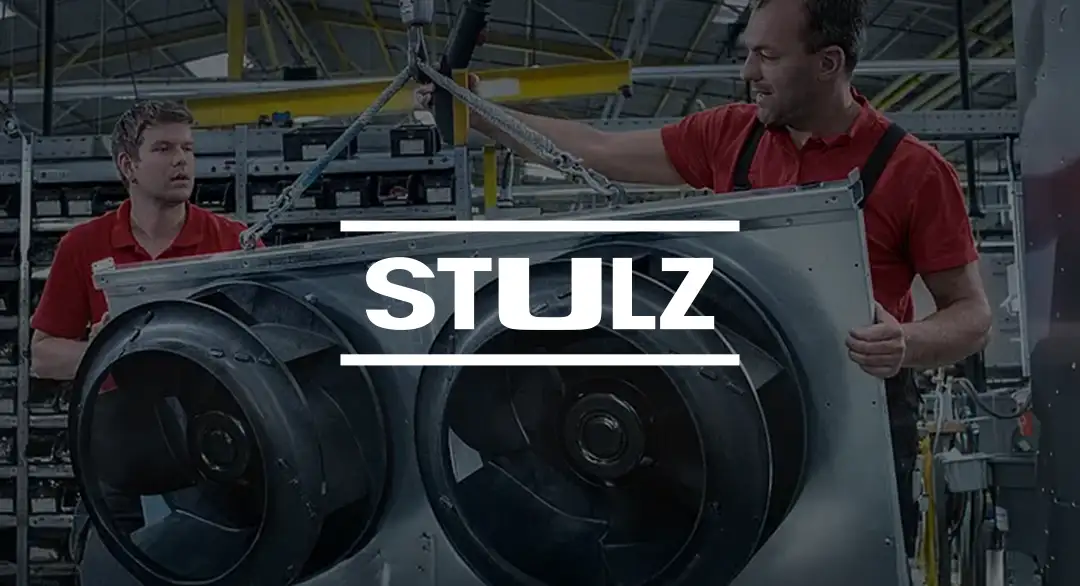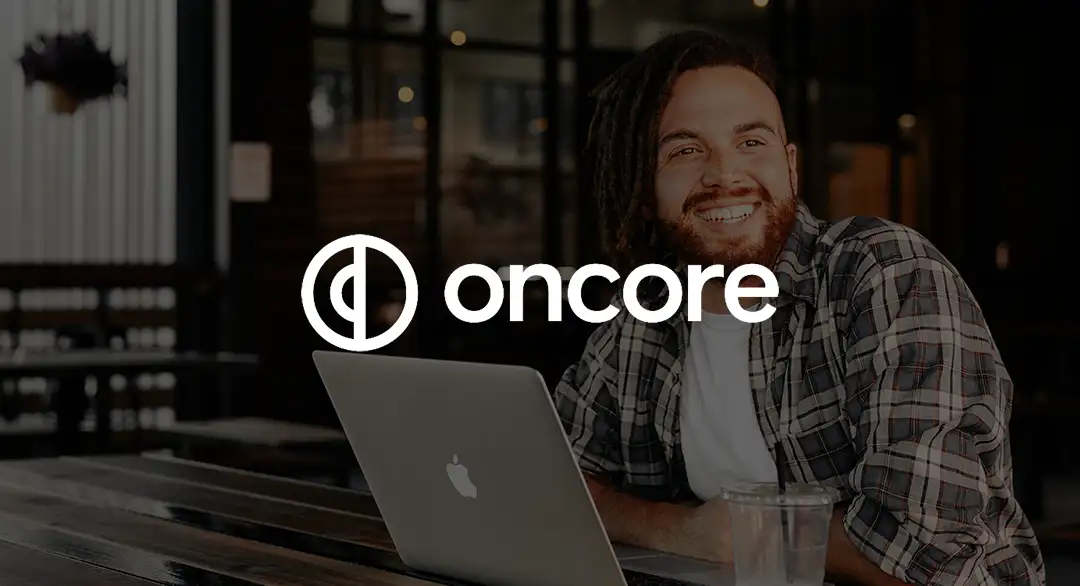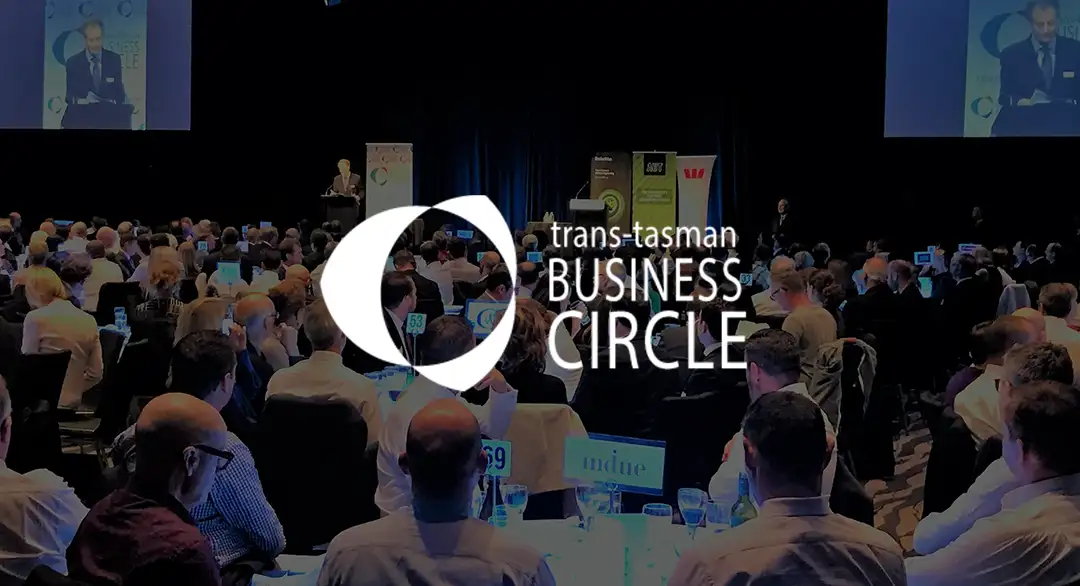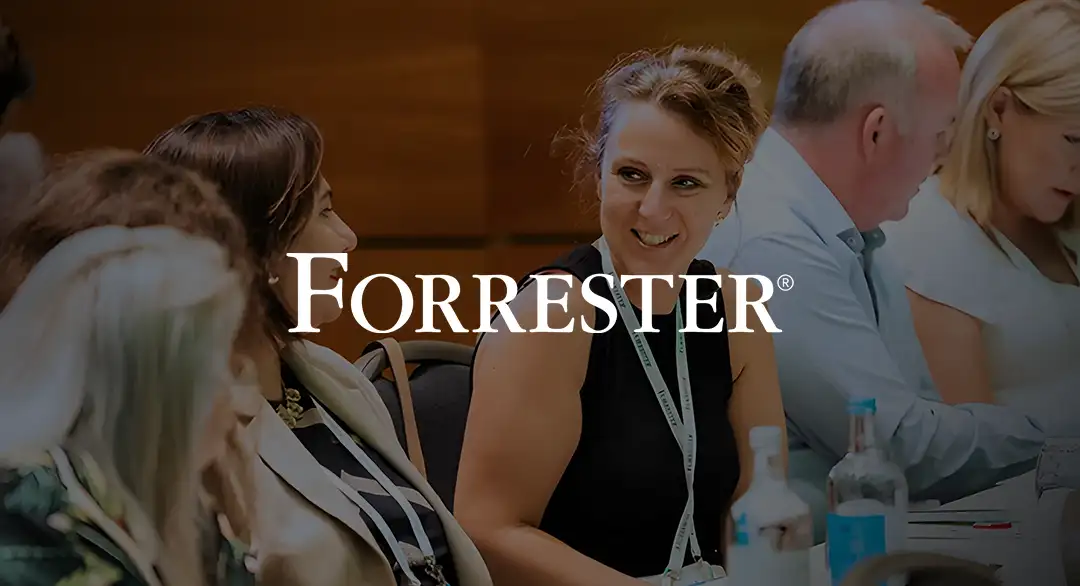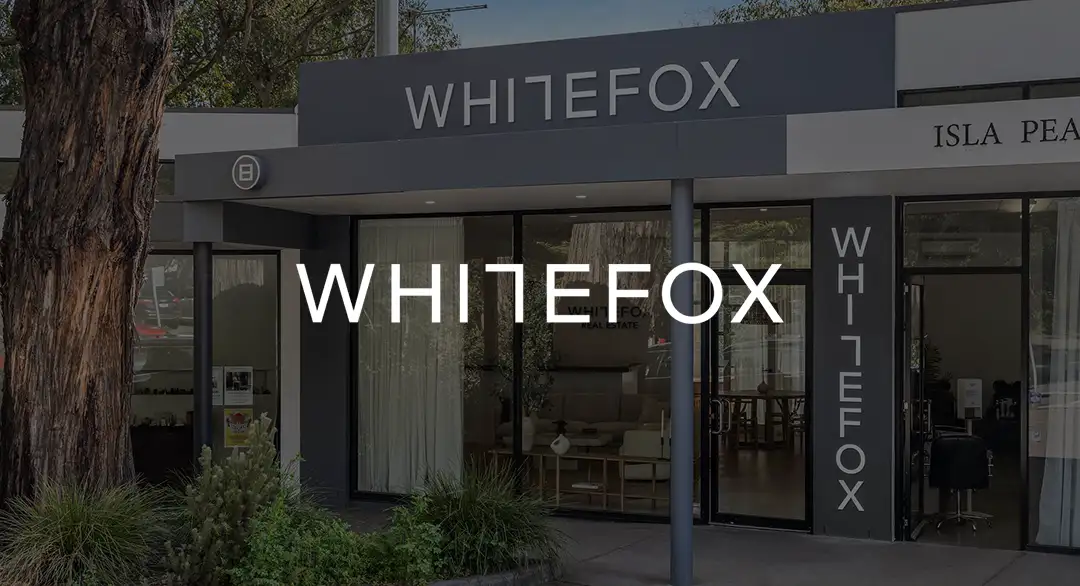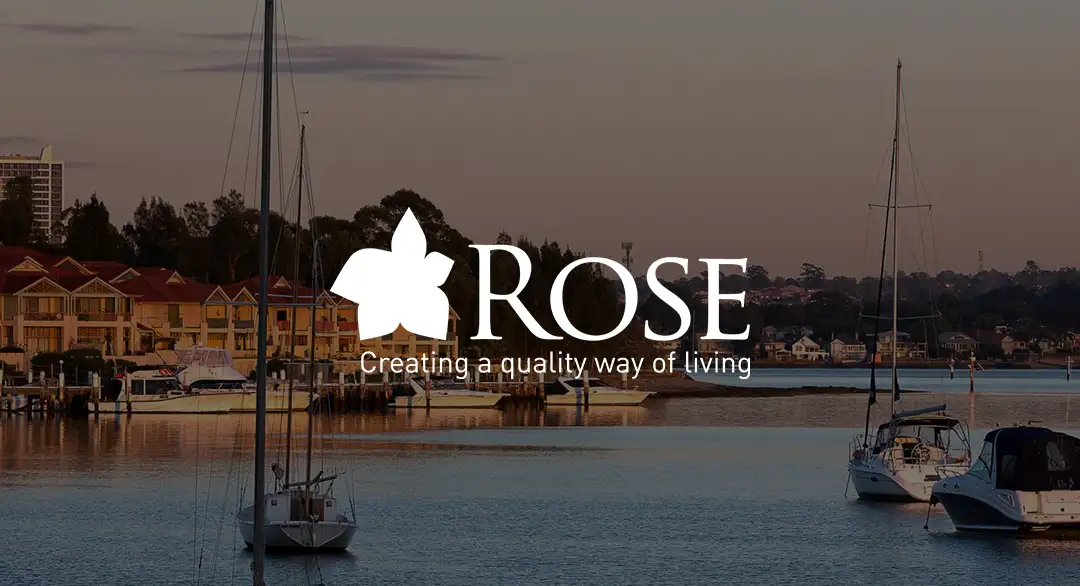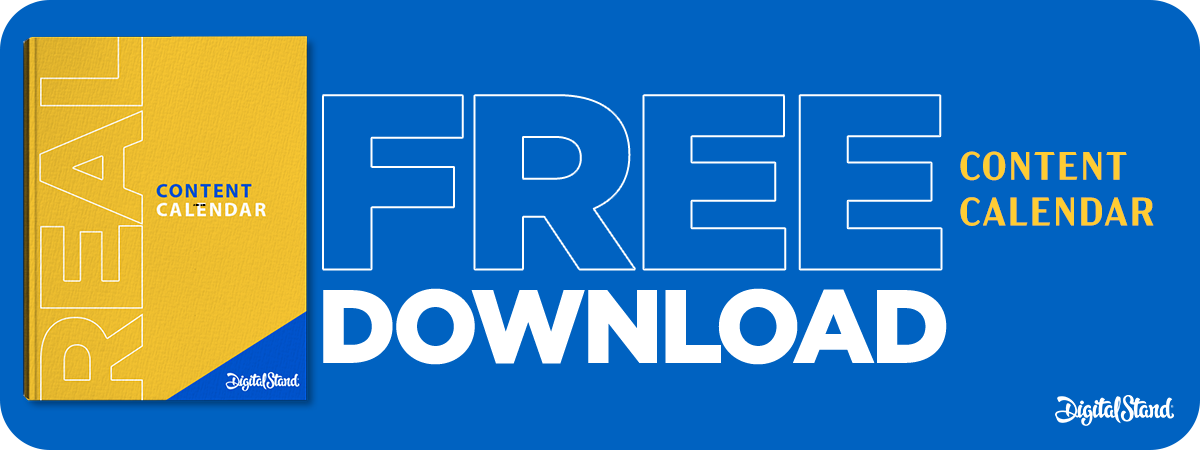
How to Create a Social Media Marketing Funnel
A successful social media funnel is all about converting your audience into paying customers.
Building a social media funnel is about attracting the right clients or potential customers through a deliberate conversion optimisation process. There is only one point when it comes to social media if you're in a business, driving sales!
The social media networks themselves are the perfect model to look at how they built their funnel. The reality of this is each of the social media networks that you use today, of course, are lead generation magnets themselves.
They turned the traditional model on its head and turned and called it a "viral loop". From a business point of view, you want to take the same approach, remembering that the social networks were built this way. So why should you not replicate the model they've already proven in?
While this model also includes awareness, consideration and conversion, it adds one other vital element. The element is called the "network effect."
The network effect principle is that when you convert a lead, your funnel needs to encourage that lead to invite other interested parties.
By doing this, you lower your cost of conversion, increase your run rate, and grow your business above industry standards.
Because who better to market your business than those who have already bought into it?
What Does a Profitable Social Media Funnel Look Like
A profitable social media funnel looks nothing like a funnel. It looks like a loop.
But first, let's take the view of building a profitable traditional social media funnel. A conventional social media marketing funnel is also profitable and is broken into the three known stages. With each stage of the funnel as important as the next.
- Awareness
- Consideration
- Conversion
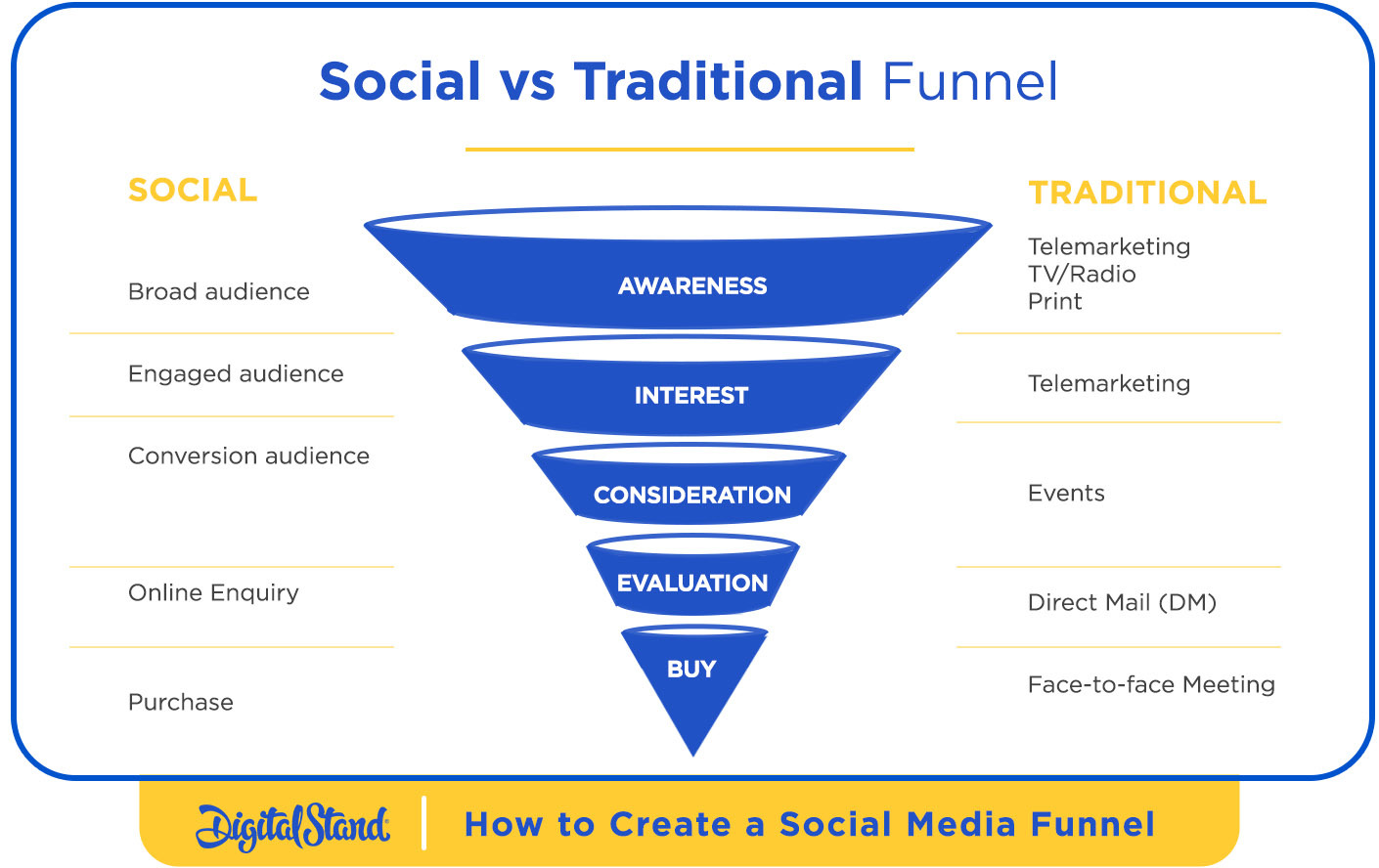
One of the significant advantages you have when building a social media marketing funnel is tracking the audience. Through advertising at every stage of the process.
Awareness - Top of the Funnel
The ideal social menu funnel will begin with an awareness campaign as broad as the budget will allow. The idea here is to have as many interested parties as possible to engage with your content. From blog posts, articles, videos, etc., and take some form of action related to your advertising.
By doing this, you're tracking that engagement through the platforms. This means that an active audience is now built into your data, and you can retarget them. Or rather than retarget but advertise directly to that engaged audience.
You are now moving them down the funnel by tracking this audience and then serving them with a sequential or second type of ad.
The only audience that will see your ad is the one that initially engaged with the first piece of content that you were running ads for.
This means that they already know your brand and are more inclined to take action at the second stage.
The Consideration phase
This step aims to turn anyone who's taken action with your content into a contact. This means that you want to capture their email address and phone number, if possible, as a minimum.
Once you have the email address and phone number, you have a far more direct relationship with this contact.
This is true whether it's an e-commerce prospect or B2B contact. From an e-commerce perspective, you might achieve a sale at this second point.
Without delving into this too far, someone will make a small purchase on an e-commerce website to test the process and the business.
At this stage, you're only spending money on people who are engaging with your business. This should start to lower your cost of lead acquisition and or sales.
The type of method you want to run at this point might be a lead generation ad. It could be a free e-book, a discount or a unique offer that engages their interest.
Conversion
The point of the third ad in the sequence is to start converting your audience into sales. This audience is now very well defined. They have engaged with your awareness ad, your consideration ad, and now you're looking to try and close the sale.
You are now advertising to a highly engaged audience that may have gone from not knowing your brand at all to knowing it well.
Hopefully, you have now shortened the sales cycle and increased your ability to start closing sales. Your goal should be to do this well ahead of the industry standard of 17 touchpoints.
How Do You Build a Social Media Sales Funnel that Sells?
The above sequence from awareness through to conversion is how you get an audience to go from not knowing your brand to converting.
What we did not discuss above is how you create a social media marketing funnel that sells. And what I'm referring to here is the advertising component.
The more effective you can make your advertising to the target audience, the greater the chance you have of condensing the timeframe.
The social media platforms allow us to test multiple ads and ad copy. Only by constructing several ads where you can test for performance and identify the answers will help you sell and convert more leads.
We have written another article about advertising techniques that work, and you're welcome to read that here.
The rules to create advertising that sells are as follows.
- Be bold and be clear.
- Stand out from whatever platform you use.
- Engage emotionally.
- Use your consumer's language.
- Remove all friction from the buyer's journey.
Every business is different when looking for the formula that works for their audience. Paramount to your success is making sure that the ads are clear and concise and consumed quickly for a social feed.
Or to think about it this way, according to Facebook, they are "seeing people spend, on average, 1.7 seconds with a piece of content on mobile compared to 2.5 seconds on desktop." So you want to make sure you're getting your message across quickly, you also need to make sure that it stands out on the platform.
Your goal is to make sure the ads look different from your competitors, your industry, and almost anything else on the platform.
It must be emotionally and intellectually engaging and follow sound advertising principles.
You increase your chances of the consumer engaging your content and buying your product or services by doing this.
Making the Most of Your Marketing Funnel
Regardless of the social media platform, you need to make the most out of your marketing funnel. The number one area where many brands and companies fall is not assessing the friction within their environment.
Friction can come in many forms and can stop a business or consumer that is ready to buy. Friction can include:
- Targeting the wrong audience
- A landing page that loads slowly
- A form that asks for too many areas to be filled
- No thank you page
- Not using A/B testing
- No automation to increase efficiency and add value
- No contextual content to show you know your audience
The Contrarian View on Sales Funnels
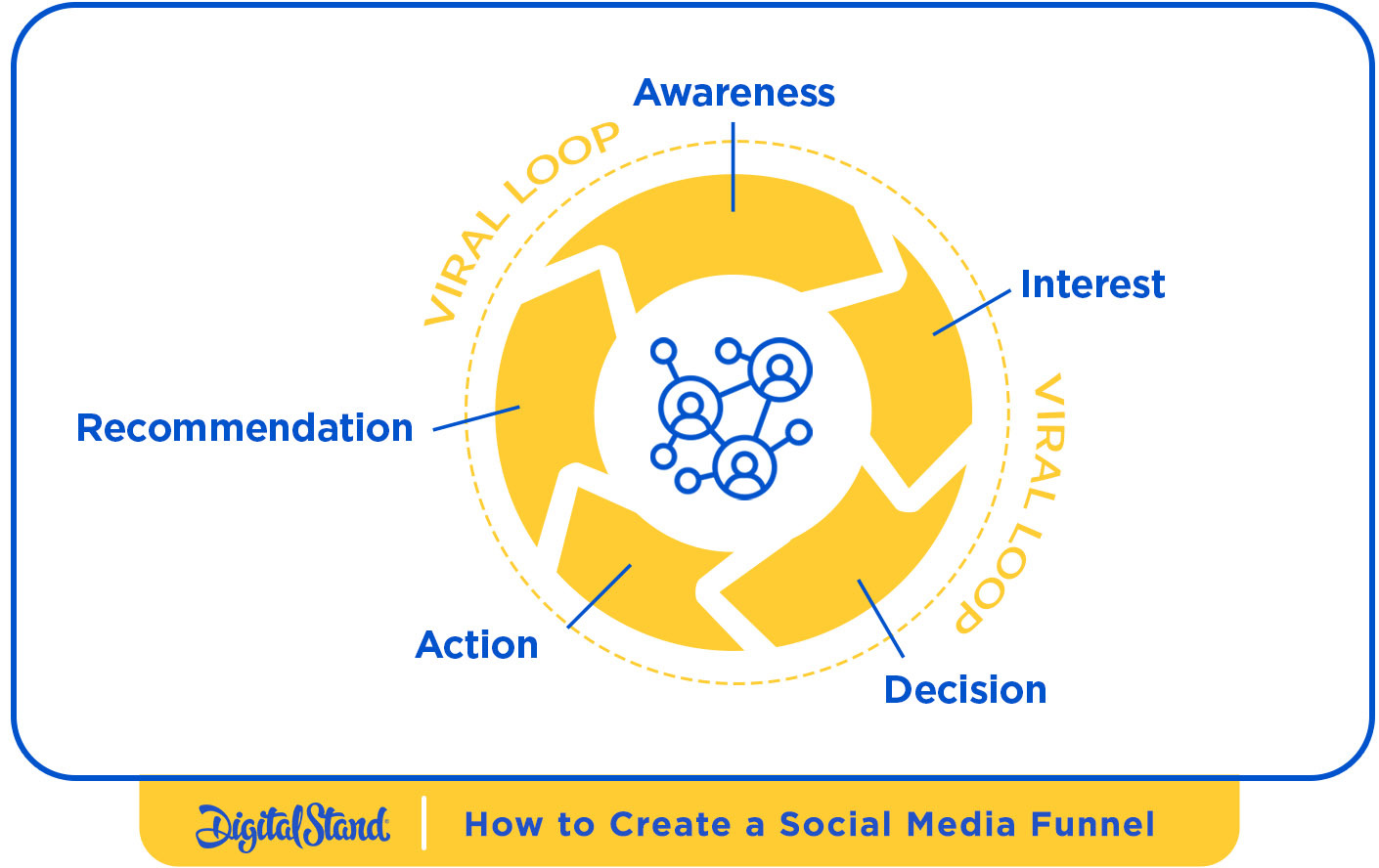
The question here is, what if you don't need a funnel at all, or rather that you did something that looks more like a viral loop. Your goal with any advertising or sales is to shorten the cycle.
Following the traditional model, you will succeed. But you should be looking for ways to circumvent any conventional form of advertising.
This is not to say the marketing funnel will not work; of course, it is designed to.
But if you took a simple look at a viral loop and looked at how Facebook's goal was to connect you to 10 friends in seven days. And by doing this they virally grew their business. You should ask yourself, what could I do?
They did this, of course, with little to no advertising and built one of the biggest businesses in the history of the world.
Your goal might not be as grand as this. But to identify a formula that accelerates your business growth and shortens the sales cycle is something we should all be striving to do.
Linkedin's model was to have you upload your contact list on your email database. And make it very easy for you to invite your friends to join their network.
Every business that is growing exponentially has used the traditional funnel approach but altered it in such a way that it creates a new model. One that breaks some of the conventional rules while maintaining sound principles.
Targeting
When it comes to building a social marketing strategy that works, nothing is more important than targeting the right audience. You can have the most effective advertising, remove all friction from your funnel process, and even create a new model.
But if you're not targeting the right audience, then your funnel will not work.
If anything has been paramount to Digital Stand's success over the years, it is making sure that we're targeting the exact audience our clients are going for.
We know this very early on in any campaign based on whether we are starting to see conversions by the role and companies we are targeting. Or by sales made to the right personas.
The importance of targeting the right audience should not be underestimated. You can have the best advertising solution, but it simply won't perform if sent to an audience that is not interested.
To make sure you're targeting the right audience, you have to build out your persona profile.
You must know exactly who it is that you're targeting. You must ensure your social tracking is implemented and that your audience is of a size that allows the platforms to model this data.
There are many ways to further building out your audience and targeting, and I've written a separate article on this, which you can access here. It is all about how you build an effective social media campaign.
Not All Marketing Funnels Are Created Equal
Every business will need to approach a social media marketing funnel differently. The length of their marketing funnel may vary, with some being shorter, based on the decisions threshold. And others of course reflecting a more complex decision.
Your goal is to reduce the number of touchpoints someone has to go through before becoming a customer or client. In some instances, this will mean starting with a longer funnel and then looking for leverage points.
By analysing each touchpoint before someone becomes a client or makes a purchase, you can identify the areas that can be removed. Areas that can be adjusted, or accelerated to shorten the sales cycle and reduce the customer journey.
To put this into context, you may also want to consider different ways of acquiring leads or sales. Who is to say you won't get fantastic business leads from Facebook? And if you're making sales on Facebook as an eCommerce business, who's to say you won't find a new revenue line on Pinterest?
There's an old saying that states when something's working, there's no need to fix it. When it comes to social media marketing or digital marketing, this is not the approach it should be taking.
You should be looking to identify ways of leverage in the social media and digital channels at every single point. Or to put this another way, when it is working, how can you make it better?
In 2021 great companies are not becoming great by following traditional models.
Since 2013 Digital Stand have been helping brands accelerate revenue, grow their client base, and increase business performance through social media and digital channels.
If you're interested in the no-obligation conversation, you can contact us here.
Please also download the free content below.

.jpeg?width=200&height=200&name=pexels-mikhail-nilov-6893349%20(1).jpeg)



